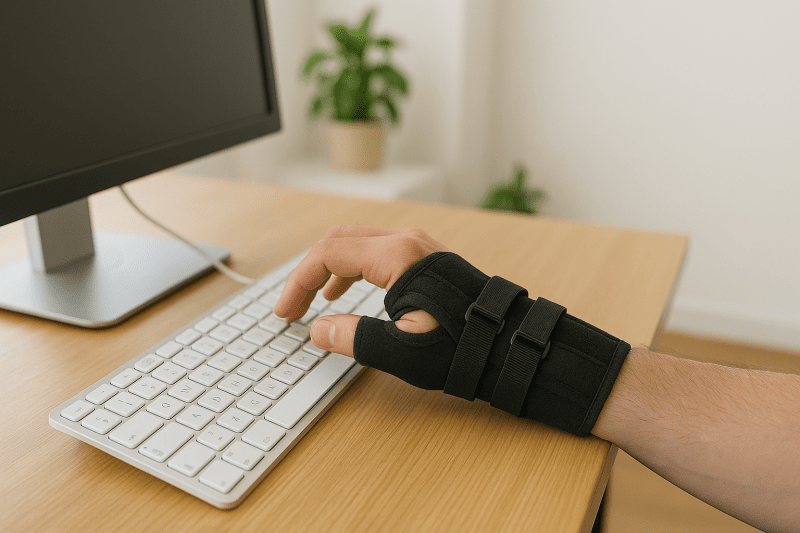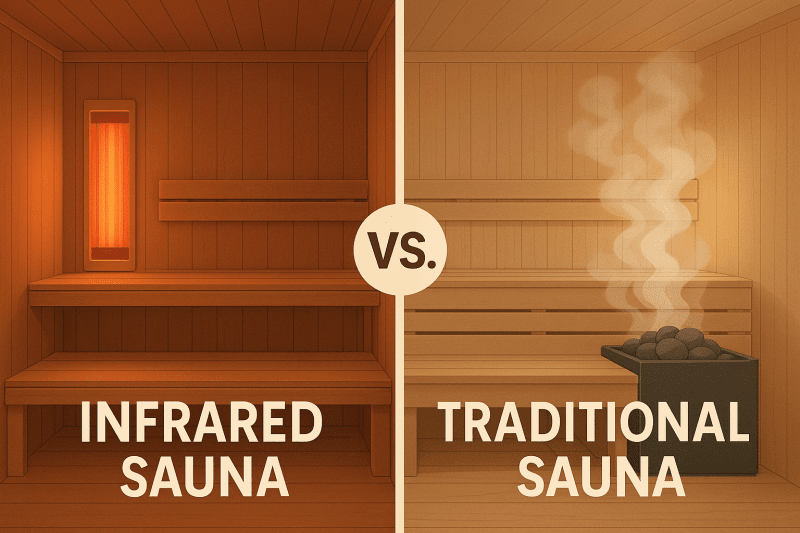🧠 What Is “Healthy Posture,” Really?
Good posture isn’t about standing like a soldier — it’s about balance.
A healthy posture keeps your spine’s natural curves aligned, allowing your muscles, joints, and ligaments to share the workload evenly. When that balance is disrupted — from slouching, stress, or weak muscles — your body compensates, creating strain and fatigue.
Your spine has three natural curves:
-
Cervical (neck) – a gentle forward curve
-
Thoracic (mid-back) – a slight backward curve
-
Lumbar (lower back) – another forward curve
Together, they act as a spring system, distributing weight and absorbing shock as you move. Healthy posture keeps those curves in harmony.
🦴 The Science Behind Posture Health
Your spine isn’t just a stack of bones — it’s a living, dynamic structure.
Between each vertebra sits a disc that acts like a cushion, absorbing pressure as you walk, lift, or sit. When your posture is poor, extra stress pushes unevenly on those discs, often leading to compression, stiffness, or pain.
Muscles and posture health:
-
Core muscles (abs and lower back) keep your spine upright.
-
Upper back muscles pull shoulders into alignment.
-
Neck muscles maintain head balance.
When one muscle group weakens, others overwork to compensate — a cycle that slowly erodes posture health.
⚖️ How Posture Affects More Than Your Back
Posture influences nearly everything your body does.
-
Breathing: A hunched spine compresses your lungs, reducing oxygen intake.
-
Energy levels: Proper alignment means less strain and fatigue.
-
Circulation: Healthy posture keeps blood flowing freely to muscles and organs.
-
Mood and confidence: Studies show upright posture can reduce stress and improve self-esteem.
Your body performs best when alignment supports function — not fights it.
💺 Everyday Habits for Healthy Posture
-
Adjust your workstation: Keep screens at eye level and your chair height so your knees are at a 90° angle.
-
Strengthen your core: Include planks, bridges, and light resistance training.
-
Stretch daily: Focus on chest openers and hamstring stretches.
-
Mind your posture cues: Every hour, do a quick mental check — shoulders back, chin slightly tucked, feet flat.
-
Use a posture support tool: A back brace to help with posture can train your muscles to stay aligned without strain.
🧍♀️ How to Build Long-Term Posture Health
Lasting results come from consistency, not intensity.
Start small — improve one sitting habit at a time, or do two posture exercises daily. Over time, your muscles adapt, and alignment becomes second nature.
Support tools and ergonomic setups can speed the process, but they’re most effective when paired with mindful movement and strength work.
🔗 Related Reading
Learn more about the best back brace to help with posture and how to use it safely in our full guide: Best Back Brace to Help with Posture: How to Improve Alignment and Confidence.
Final Thoughts
Healthy posture is more than a straight spine — it’s the foundation of every movement you make.
By understanding the science behind posture health, you can prevent pain, move efficiently, and feel stronger from the inside out.






